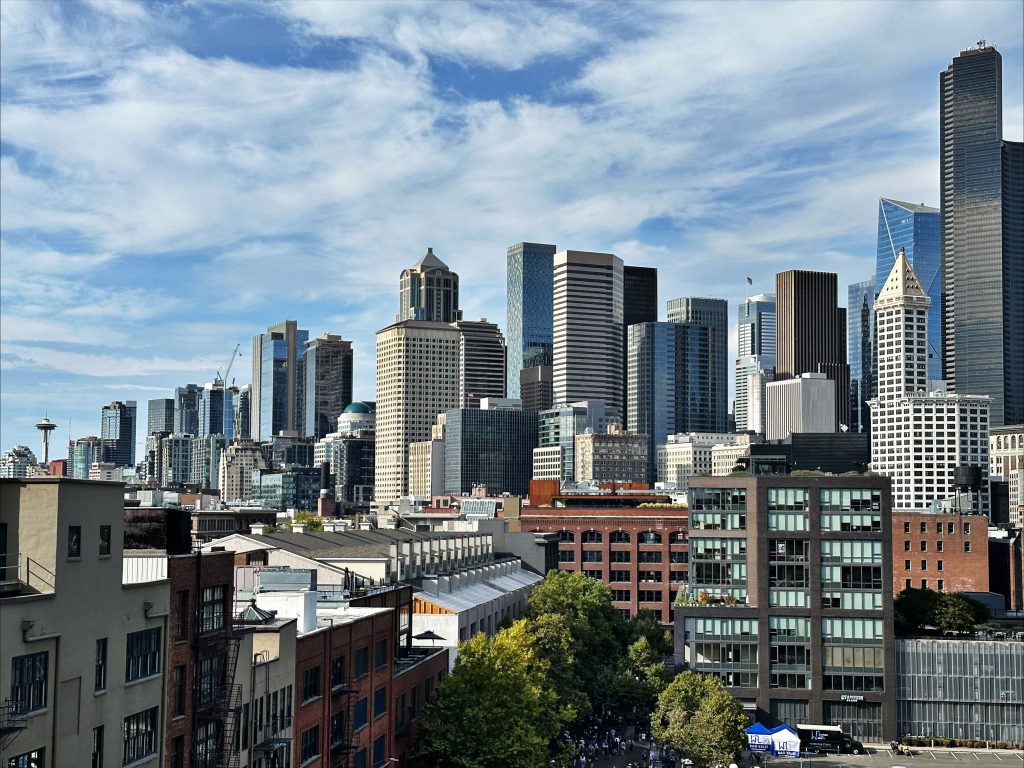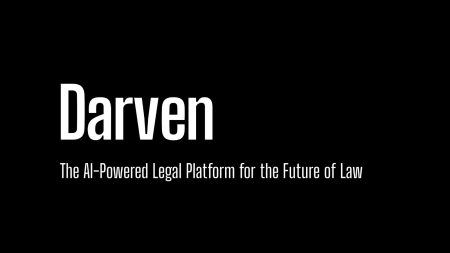Seattle, like many cities, is facing the challenge of reimagining urban livability post-pandemic. Mayor Bruce Harrell recently proposed a plan to incentivize converting existing commercial buildings into residential spaces in an effort to create a more vibrant downtown. The legislation aims to remove barriers and cut costs associated with these conversions, with the hope of increasing the number of residents and foot traffic in the city.
The new legislation in Seattle provides exemptions from design review standards and the Mandatory Housing Affordability requirements for buildings that are converted to residential use. While this may seem counterintuitive for a city that prides itself on affordability and inclusiveness, the legislation assumes that affordability will be addressed through other city programs and incentives. Design review exemptions have become common in the city, particularly for priority initiatives like development around transit hubs.
The proposed legislation in Seattle represents an innovative intervention in repurposing vacant and underused commercial spaces for residential use. The plan aligns with the mayor’s Downtown Activation Plan and aims to create mixed-use spaces that contribute to the vibrancy of the city. While the legislation does not directly address artistic expression, community subsidies, safety assurance, or other indicators of a resurgent downtown, it has the potential to enhance the city’s livability.
Critics of the exemptions in the legislation raise concerns about the impact on affordable housing and design quality. By exempting conversions from the Mandatory Housing Affordability program and design review processes, the city may be missing opportunities to increase affordable housing supply and ensure high-quality design standards. Some suggest a more nuanced approach that could involve partial exemptions or alternative mechanisms to address these concerns.
City leaders in Seattle must carefully balance the benefits of the proposed legislation with potential drawbacks. While streamlining and reducing costs are important goals, it is essential to consider the long-term implications for affordable housing and design quality. The mayor’s office has received support for the plan, but there is a need for ongoing discussion and refinement to ensure a positive impact on the city’s housing landscape and built environment.
In the wake of the pandemic, Seattle faces the challenge of maintaining its reputation as a vibrant and livable city. The proposal to convert commercial buildings into residential spaces is a step in the right direction, but it will require ongoing collaboration and adaptation to meet the evolving needs of the city. Ultimately, the success of the plan will depend on the ability of city leaders to navigate the complex politics of place and ensure that Seattle remains a place where people want to live and work.















